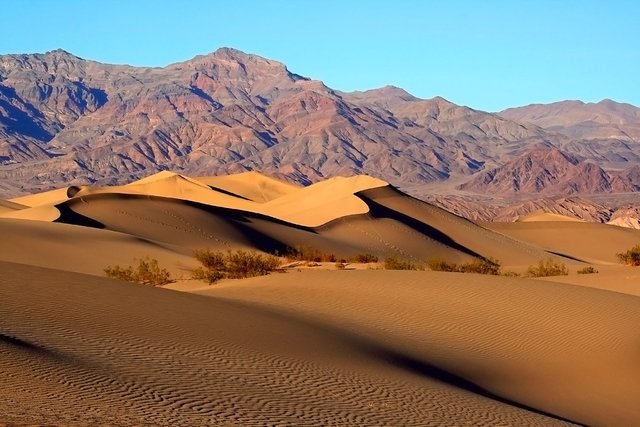The Mojave desert

The Mojave Desert is a vast and arid region in southeastern California, stretching into parts of Nevada, Utah, and Arizona. Covering around 47,877 square miles, it is the smallest of the four North American deserts but is incredibly diverse in its landscapes and ecosystems.
Named after the Mojave Native American people, the desert is known for its extreme climate, characterized by scorching summers and cold winters. Temperatures can soar above 120°F in the summer and drop below freezing at night in the winter. Rainfall is sparse, averaging less than 5 inches annually, which creates a harsh environment for life.
Despite the arid conditions, the Mojave Desert is home to a variety of unique plants and animals. The iconic Joshua Tree, a symbol of the desert, thrives in the higher elevations. Other plants include creosote bush, yucca, and cacti. Wildlife ranges from the desert tortoise, roadrunners, and jackrabbits to rattlesnakes and coyotes.
The Mojave Desert also has significant natural landmarks. Death Valley, the lowest point in North America, is within the desert and is one of the hottest places on Earth. The desert is also home to the Mojave National Preserve, which protects vast dunes, volcanic formations, and a rich variety of flora and fauna. Human activity in the Mojave includes military bases, mining operations, and renewable energy projects like solar farms, which take advantage of the abundant sunlight.
The Mojave has a long history, with evidence of early indigenous habitation and exploration by European settlers. Today, it remains a destination for outdoor enthusiasts, offering opportunities for hiking, stargazing, and photography, especially within its unique and varied landscapes.